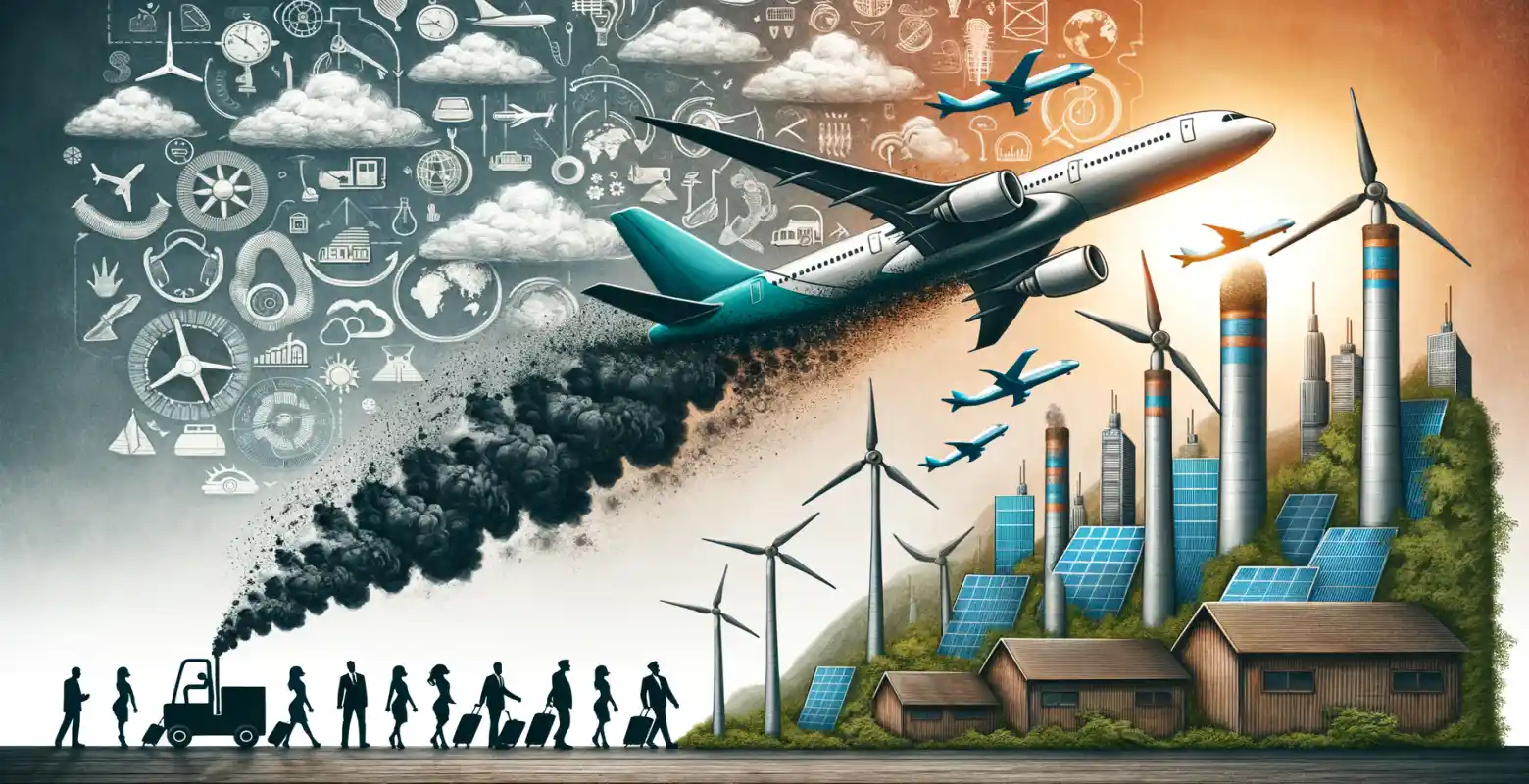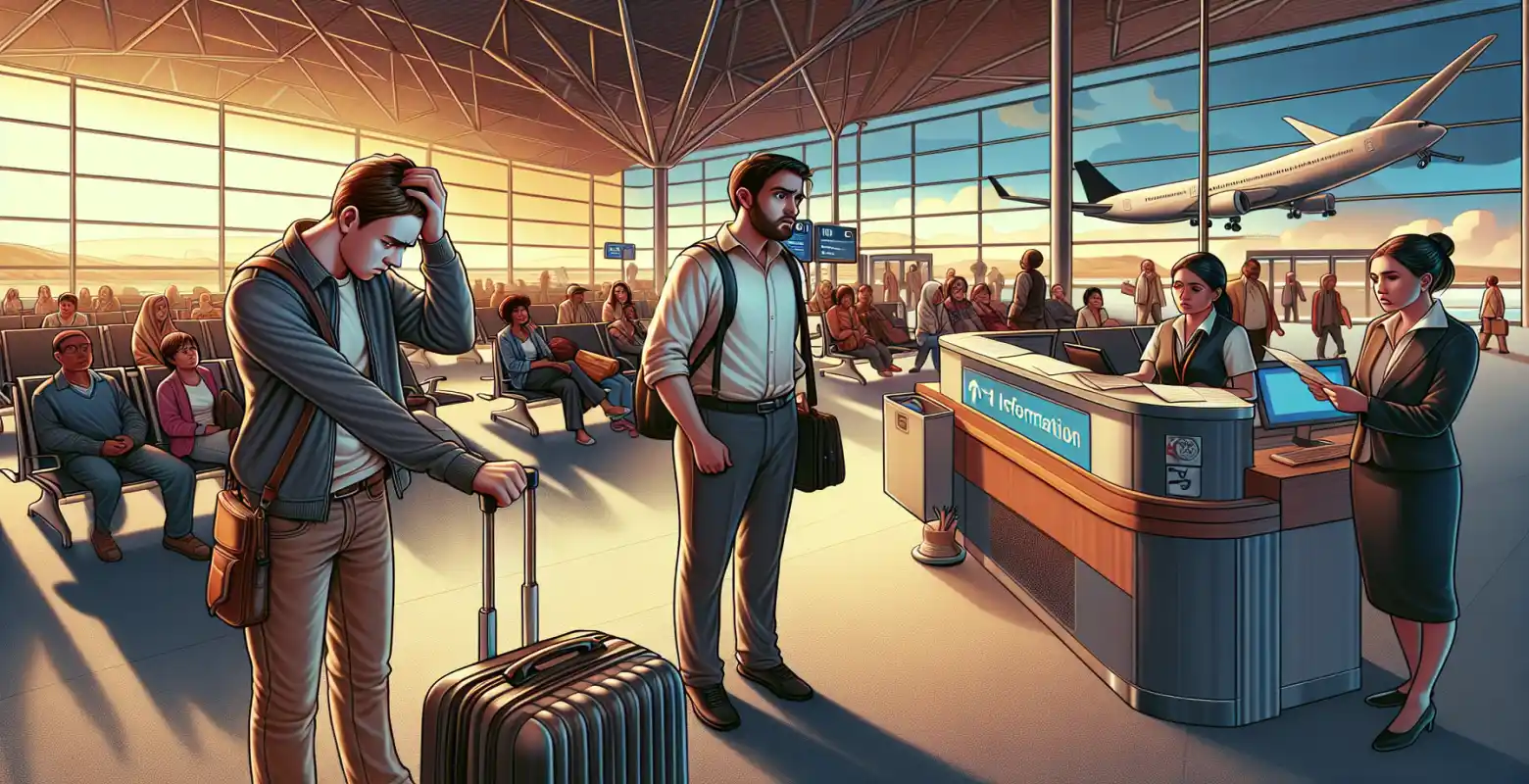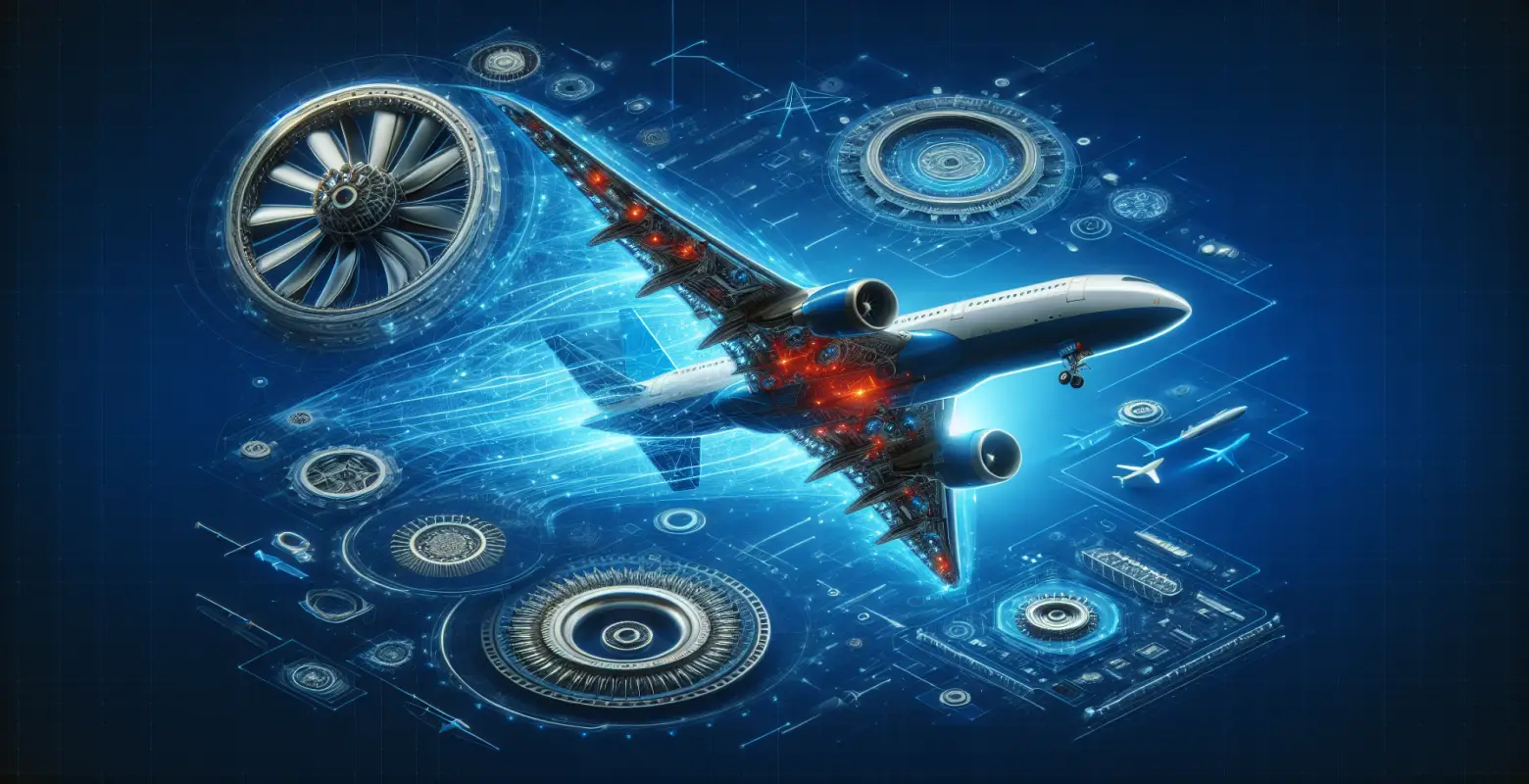How are airlines changing their approach to sustainable development?
Introduction
Sustainable development is becoming an increasingly important topic in every industry, and aviation is no exception. Airlines, which play a key role in global transportation, are faced with the challenge of reducing their carbon footprint. Faced with growing pressure from governments, environmental organizations, and consumers, airlines must adapt their strategies to the requirements of sustainable development. In this article, we will examine how these strategies are evolving, what technologies are being implemented, and what challenges and opportunities lie ahead for this industry.
History of Sustainable Development in Aviation
Sustainable development in aviation is not a new concept, but in recent years it has gained greater significance. Already in the 1990s, the impact of aviation on the environment began to be noticed, leading to initial attempts to reduce CO2 emissions. One of the breakthrough moments was the 2016 ICAO (International Civil Aviation Organization) agreement, which imposed on airlines the obligation to reduce emissions through the CORSIA (Carbon Offsetting and Reduction Scheme for International Aviation) program.
Modern Technologies and Innovations
Electric and Hybrid Aircraft: In response to the need to reduce emissions, many airlines are investing in the development of electric and hybrid aircraft. Projects such as Eviation Alice or Airbus ZeroE aim to create aircraft that will be completely emission-free. Although this technology is still in the development phase, it has the potential to revolutionize the aviation industry in the coming decades.
Biokerosene: Another area of development is biofuels, which can provide more environmentally friendly alternatives to traditional aviation fuel. Airlines such as KLM and Lufthansa are already experimenting with biofuel blends, allowing for a significant reduction in CO2 emissions during flights.
Operational Efficiency Management
Flight Route Optimization: Airlines are increasingly using advanced algorithms and air traffic management systems to optimize flight routes. This can shorten flight times, leading to reduced fuel consumption and emissions.
Fleet Modernization: Replacing older, less efficient aircraft with newer models, such as the Boeing 787 Dreamliner or Airbus A350, which consume less fuel, is another step towards sustainable development. Modern aircraft are lighter and more aerodynamic, resulting in lower fuel consumption.
Challenges in Implementing Sustainable Practices
Investment Costs: Although sustainable development technologies can bring long-term savings, the initial investment costs are significant. Airlines must invest in research and development, which can be a barrier for smaller carriers.
Regulations and Standards: Establishing uniform regulations at the international level is a challenge that requires cooperation from many countries and organizations. Different standards can lead to inconsistent practices and hinder progress in sustainable aviation.
The Future of Aviation in the Context of Sustainable Development
Intersectoral Cooperation: The future of sustainable aviation requires intersectoral cooperation. Airlines, aircraft manufacturers, and fuel suppliers must work together on solutions that will help achieve ambitious environmental goals.
Increasing Consumer Awareness: Consumers play a key role in shaping the future of aviation. Increasing awareness of the environmental impact of air travel can lead to a greater demand for sustainable travel options.
Summary
Airlines' approach to sustainable development is undergoing dynamic changes in response to growing social and regulatory demands. The introduction of new technologies, operational optimization, and the development of alternative fuels are just some of the actions aimed at reducing the impact of aviation on the environment. Although the industry faces many challenges, such as high investment costs or the need for uniform regulations, the future is becoming increasingly green. Collective efforts of the industry, governments, and consumers are crucial for aviation to become more sustainable.






Number of comments: 0